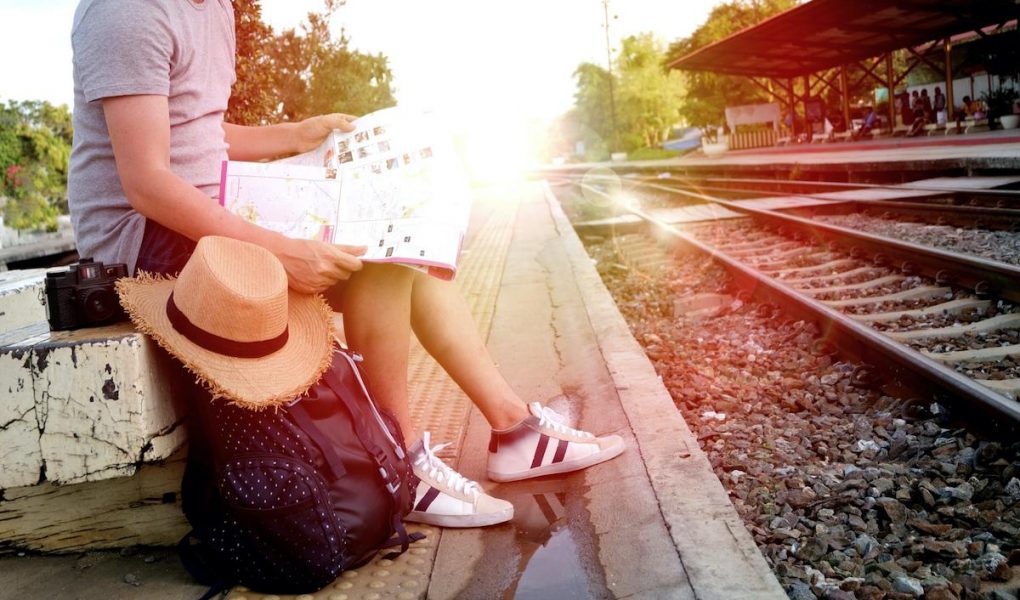A. 11 Tips For Backpacking Southeast Asia
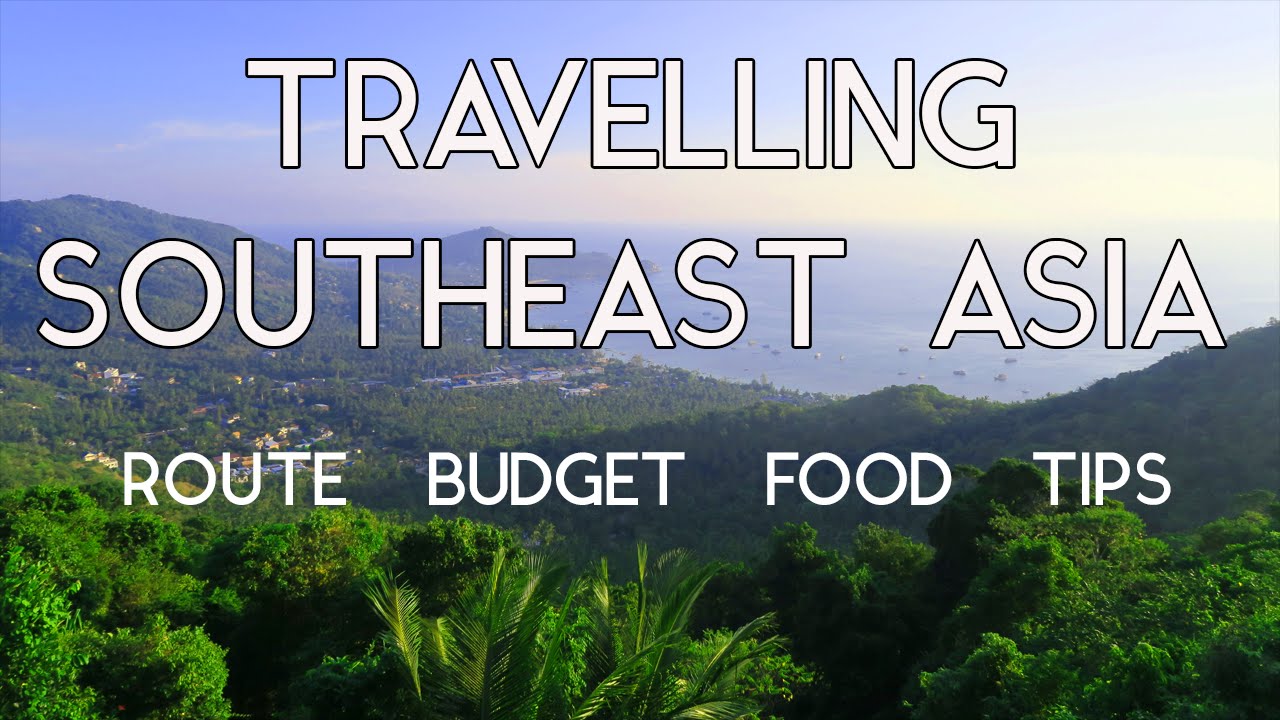
With its enticing mix of volcanoes, rainforest, rice fields, beaches and coral reefs, Southeast Asia is one of the most exciting and accessible regions in the world for independent travel. You can spend the day exploring millennial Hindu ruins and the night enjoying a beach rave. Attend a Buddhist alms-giving ceremony at dawn and go white-water rafting in the afternoon. Relax in a bamboo beach hut for one week and hike through the jungle in search of orangutans the next.
1. Plan based on the weather
Southeast Asia lies entirely in the tropics and is therefore largely characterized by a warm, humid climate that hardly varies throughout the year, except during the two annual monsoons. Remember, however, that every country has a variety of microclimates; You can find more information on our pages for Cambodia, Indonesia, Laos, Malaysia, Myanmar (Burma), Philippines, Thailand and Vietnam.
2. Get off the beaten path
While Southeast Asia has long been in the footsteps of travelers, it doesn’t take much to tread the trail – be it discovering the perfect beach or immersing yourself in the lush surroundings of the rainforest. Consider visiting the forgotten city of Battambang in Cambodia, hopping on the lesser-used railroad in Thailand, or exploring Myanmar’s pristine south coast.
3. Try street food

This is home to the tastiest cuisine in the world, and the really good news is that the cheapest is often the best, with markets and street vendors unbeatable places to sample the many local specialties. The night markets in particular are great for sampling a variety of dishes at extremely low prices – sizzling woks filled with fried noodles, swirling clouds of spiced smoke, and rows of glittering fried insects, all for a memorable dining experience.
4. Budget carefully – but weird splurge
Your daily budget in Southeast Asia will depend on where you are going and how comfortable you want to be. In some countries you can survive on just $ 20 a day, but with that money you’ll sleep in very basic accommodations, eat at food stalls, and travel in non-air-conditioned local buses. Think about where a small extra charge will really add to your trip.
5. Learn from the locals
Tribal culture is a highlight of many visits to less explored areas, and some of the most accessible communities include the tribal groups around Sa Pa in Vietnam, the Torjan of Sulawesi in Indonesia, known for their fascinating architecture and macabre burial rituals, and by ethnic minorities Villages around Hsipaw in Myanmar.
6. Embrace nature
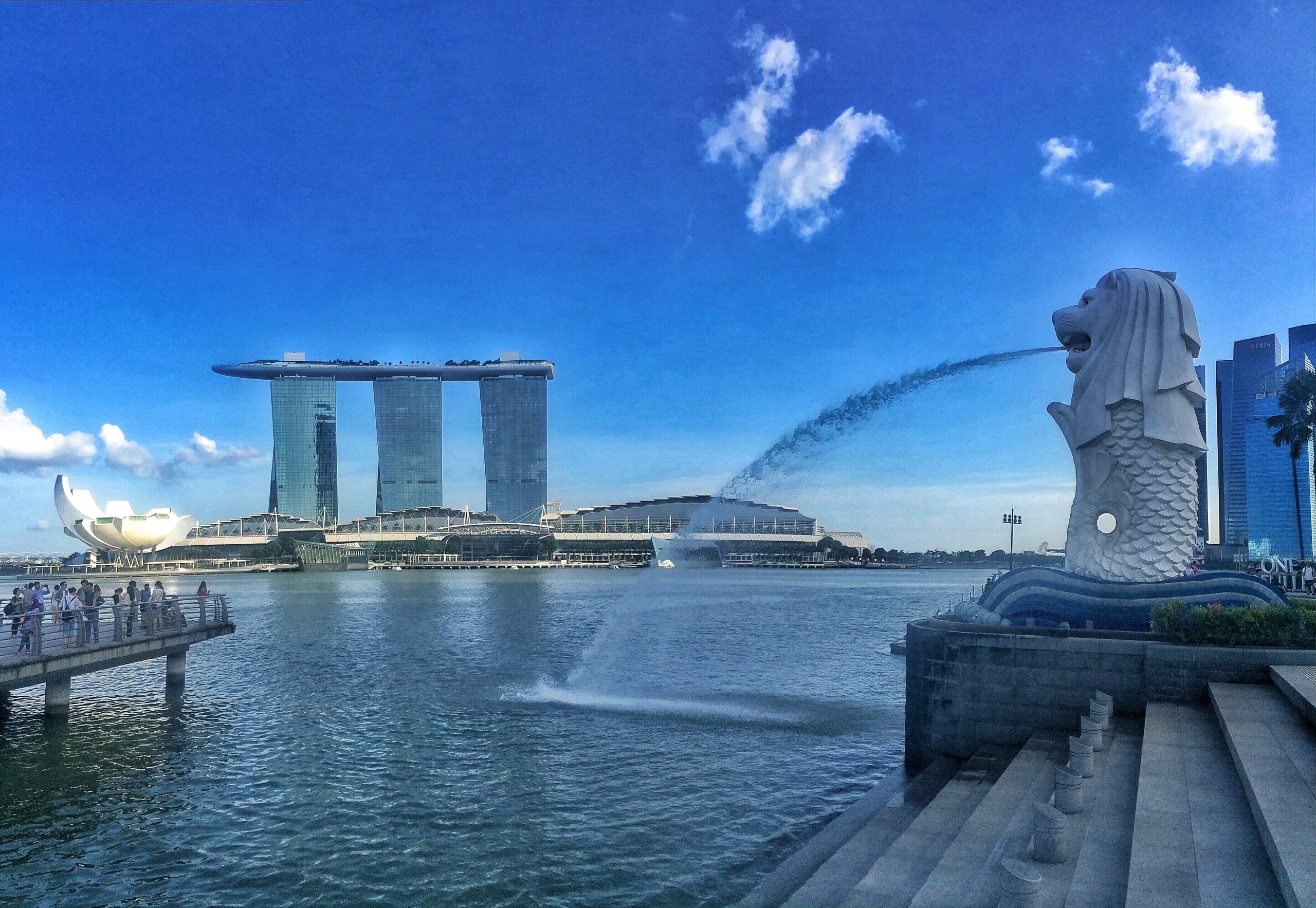
Would you like to be active? There is a lot to keep you occupied. You can tackle world-class surfing at G-land Indonesia, take a mountain bike tour through the far north of Vietnam, or discover your own secluded bays and mysterious lagoons on a kayak tour of Krabi, Thailand. And that is just the beginning…
7. Make time for temples
The numerous temples in Southeast Asia are among the most famous sights in the region. The Khmer Hindus left behind a number of great monuments, the most impressive of which can be seen in Angkor, Cambodia, while the most impressive of the Buddhists’ legacies is the colossal stupa of Borobudur from the 9th in Myanmar.
8. Stay high
No, not that high. Every visitor should make the effort to climb one of the spectacular mountains, whether getting up before sunrise to watch the sunrise on Indonesia’s Mount Bromo or embarking on the two-day hike to Mount Kinabalu in Malaysia.
9. Go to the beach

The beaches here are some of the best in the world, and Thailand, the Philippines, and Malaysia have the best of the best, all with white sandy coves, blue waters, and wooden beach huts with palm trees. The clear, tropical water offers excellent diving opportunities for both beginners and experienced divers.
10. Take local transport
Local transport in Southeast Asia is consistently cheap compared to public transport in the West and is often one of the highlights of a trip, especially because of the opportunity to get in touch with local travelers. Land transport between neighboring countries is also quite easy, as long as you have the right papers and are willing to be patient.
11. Stay healthy
The vast majority of travelers to Southeast Asia will only experience stomach pains as long as they follow basic food and water hygiene precautions and learn about pre-travel vaccination and malaria prophylaxis requirements – however, it is important to have health insurance before departure complete. Also, some of the diseases you might get may not show up right away. So if you get sick within a year of returning home, let your doctor know where you have been.
B. 25 Pro Tips For Backpacking Asia (After 14 Months)
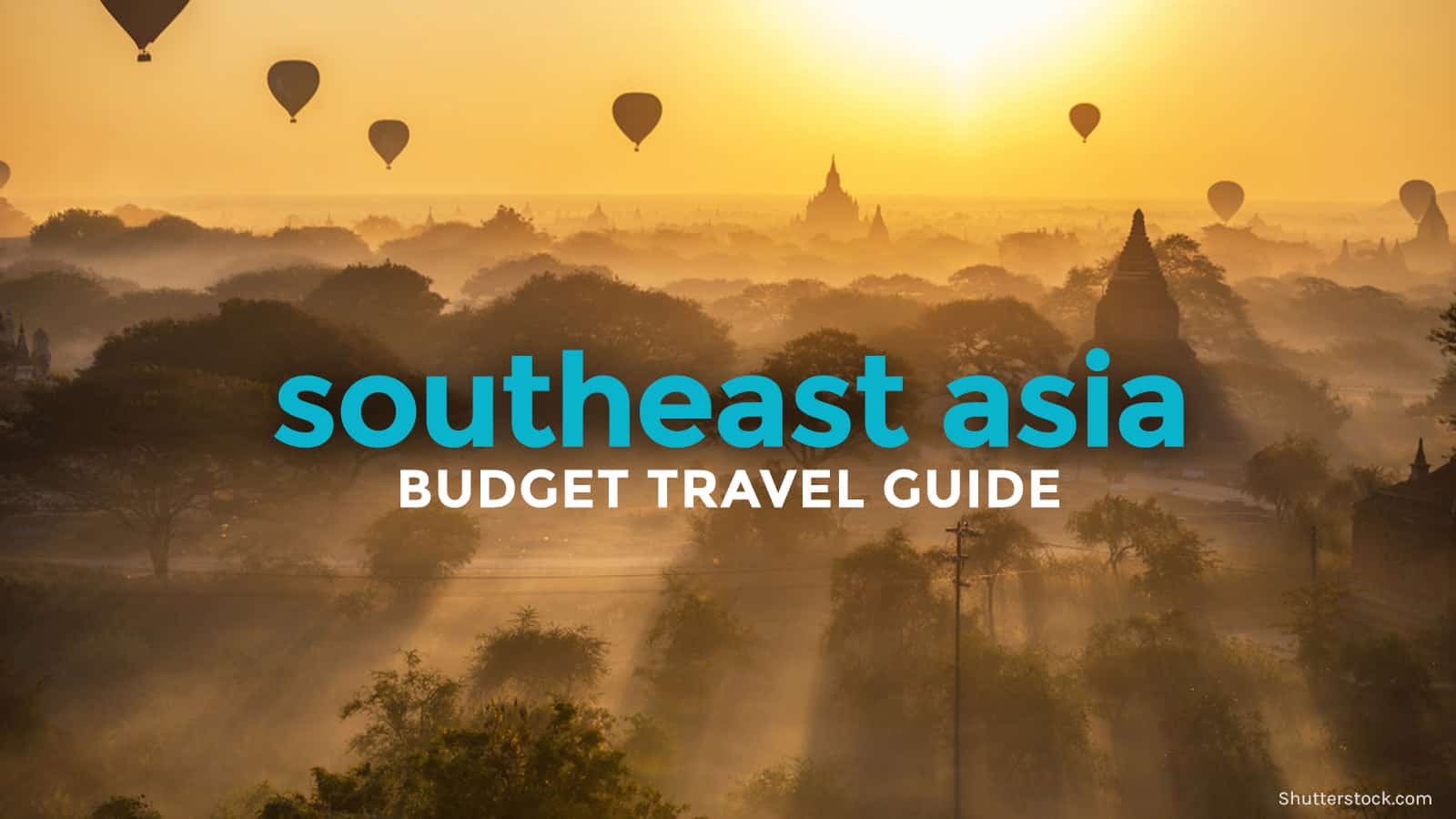
Do you need help with your trip to Asia? So buy my top-rated book, Travel the World Without Worries, which will help you pack, plan, and prepare for your backpacking adventure – and put you in the right mindset to get the most of your trip.
1. Light package (seriously)
I know it’s kind of scary to venture into another part of the world, but you don’t have to pack your bags like you’re a doomsday maker! Relax … you’ll be fine.
2. Bring warm clothes
It can get cold sometimes in Southeast Asia! For mountains, mountain stations, severe air-conditioned environments or in the northernmost parts of the region, a hooded sweatshirt and pants are definitely needed.
3. The rainy season is different everywhere
The rainy or monsoon season does not take place everywhere at the same time. In Thailand, for example, it can be rainy season on the east coast, but not on the west coast. Or when it is monsoon in Malaysia, it is dry season in Bali. A longer trip allows you to move around the region to enjoy the better weather.
4. Stay in hostels

Hostels are fun and can save a lot of money. Some hostels in Asia attract party people (especially in southern Thailand), but most of them are calm and welcoming to all ages. See also: How Hostels Work.
5. Or … don’t stay in hostels!
Pensions and boarding houses also offer excellent value for money. Travel to the right places and you can easily get a cute little bungalow for under $ 10 a night. The best budget options can usually be found on Booking.com and Agoda (the latter site specializes in the Asian region).
6. Avoid excessive planning
It is good to do your research and come up with some outline of what you want to see and do. But … the plans will inevitably change when you get there too. Don’t get too attached to your initial plans because improvising is relatively easy – and great fun – in this part of the world. (For more information, see my Southeast Asia Travel Tips.)
7. But you can book accommodation
Even so, it can still be a good idea to book your accommodation (one step ahead during the trip). Nowadays I book my spots on Booking.com or Agoda almost 80% of the time as it is very convenient and you are guaranteed a room in a highly rated location. Some travelers just show up at travel destinations to find something locally. This can often result in cheaper deals than those found online. If you’re traveling with a group, it’s easy to split up and look at the different options around town and then decide which is best. However, there is almost always a place to stay for you.
8. Hang up the phone
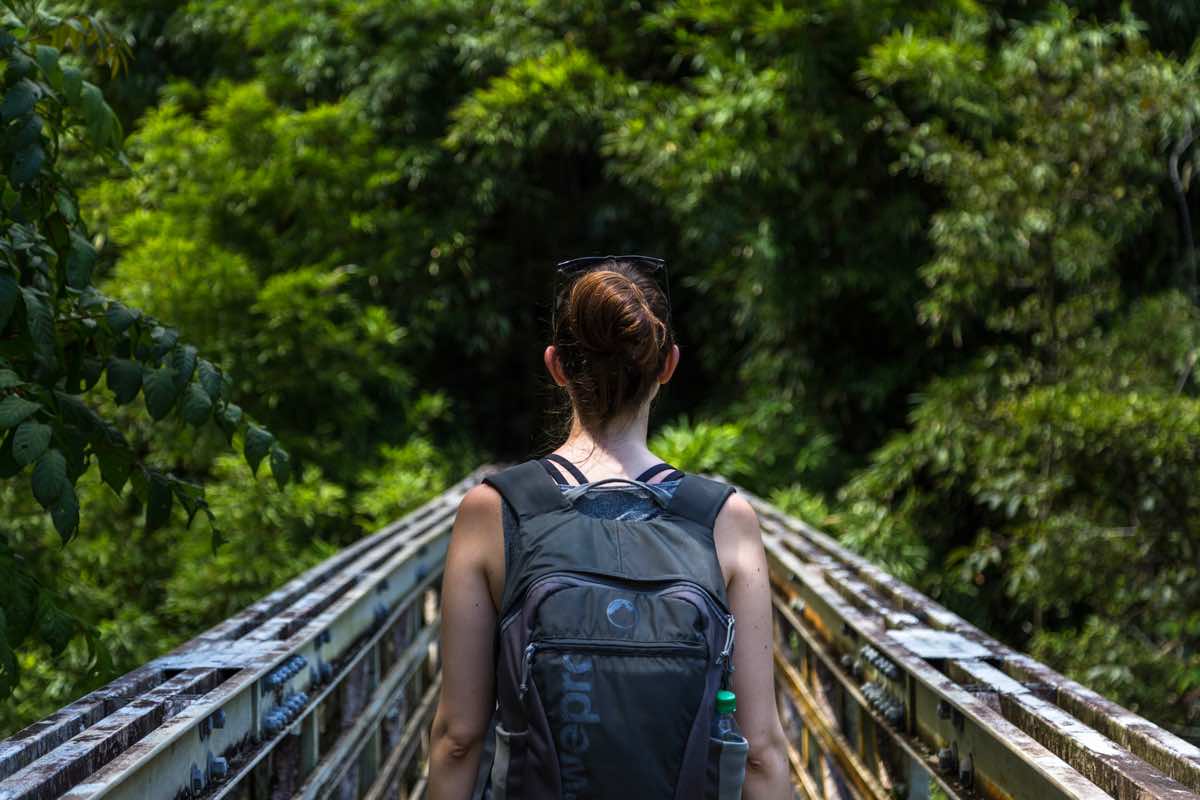
Mobile SIM cards with cheap internet data are available everywhere, but it is much more fun to experience your travel offline. Maybe you just get the MAPS.me app to find your way offline (see: Top Backpacker Apps), but on the other hand, I think it’s better to only stick to occasional WiFi.
9. Rent a motorcycle whenever you can
Okay, this tip is huge. While you can get to most of the attractions by public buses or tuk-tuks, renting a scooter (motorcycle) is an absolute turning point. Of course, if you can drive one; I always had scooters on my driver’s license but I only used one for the first time when I was in Thailand for the first time.
10. Eat street food!
Don’t get too paranoid about foods that make you sick. This rarely happens. If it’s fried it will likely be fine. Except for a short vacation, where absolutely nothing can go wrong, you shouldn’t miss out on the delicious street food. It’s an integral part of the experience.
11. But bring loperamide … just in case
It is true that I prayed to the porcelain god twice during a year-long trip to Asia. One of them wasn’t street food, but a German schnitzel with potato salad that I bought in Indonesia. So it works.
12. Stick to bottled water
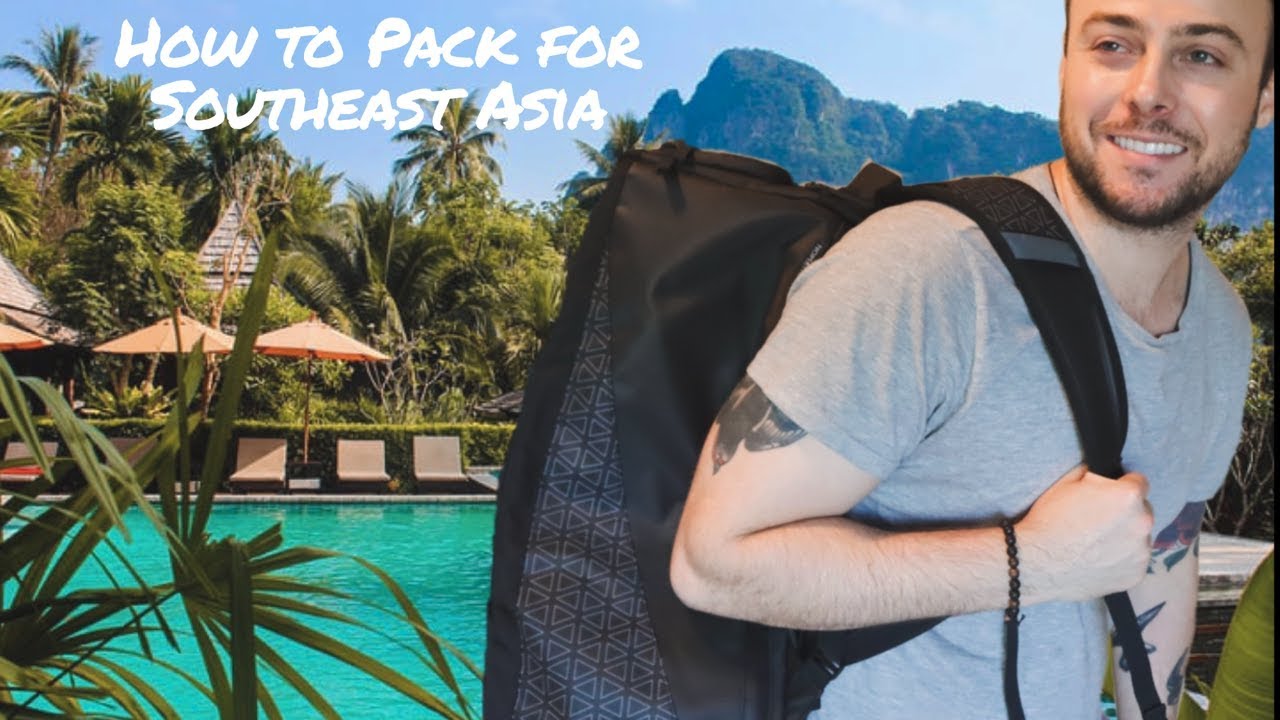
ap water is generally not safe to drink, but safe bottled water is widely available. To avoid more plastic waste (and save money in the long run), consider purchasing a LifeStraw filter bottle.
13. Go to the site and save money
On a budget? Then opt for Asian food instead of pizza or hamburgers. Take local transport. Turn off the air conditioning slowly so you can get much cheaper fan-only rooms.
14. Ignore the advice of a tuk-tuk driver
I found them very unreliable for information. They usually just take you to shitty tourist traps or some random guest house where they will earn a commission for getting you there. First find your own plan, then tell them where to go.
15. Kill the carnivorous bacteria
One theory I heard was moisture, another is that it is due to tropical carnivorous bacteria (yes …!). While this looks a lot worse than it is, I recommend applying an iodine antiseptic (like betadine) to any wound. It kills all bacteria and makes your wounds close much faster.
16. Respect the culture
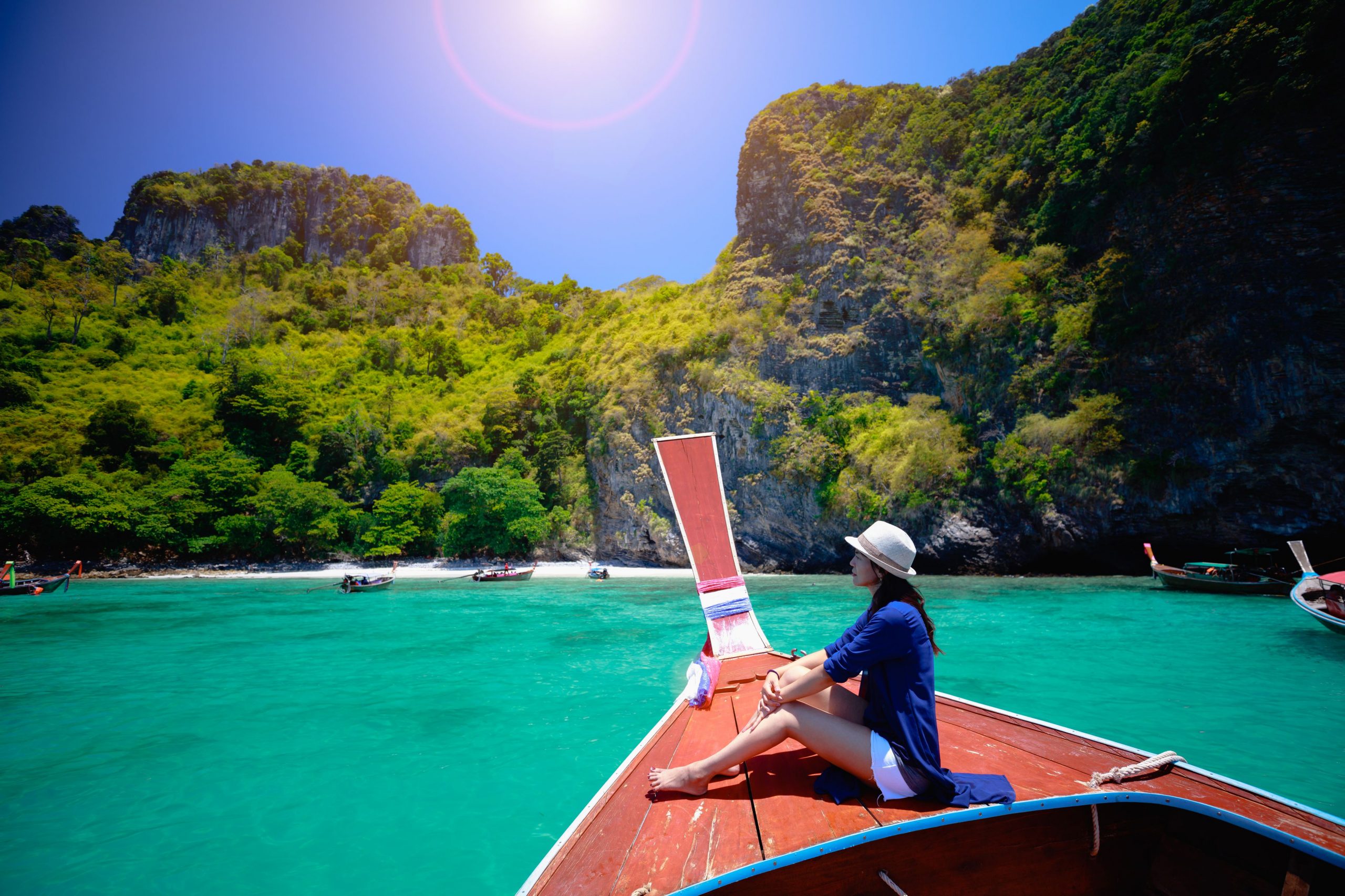
Observe the local regulations. For example, walking in a bikini in Laos is similar to walking naked. This is not appreciated at all or is too much appreciated by some locals. Similar standards exist in (parts of) Indonesia and Malaysia.
17. Don’t be an idiot with animals
Taking a picture with a tiger in Thailand is not great. This tiger will be very calm and live a terrible life. When these photos inevitably pop up in places like Tinder, very few people are impressed. (See: Tinder’s Tigers or this article on tiger selfies.)
18. However, animals can be idiots to you
Mainly monkeys. They are real idiots. Take care of your camera, beer, bananas, etc.
19. Learn something new
Backpacking in Southeast Asia offers many opportunities to try out or learn new things. It’s a great time to immerse yourself in travel photography or learn Asian cuisine, for example. If you have a few days to spare, just stay at a place that offers climbing, muay thai, surfing or diving lessons. You may never be able to do it this cheaply again!
20. Know your scams
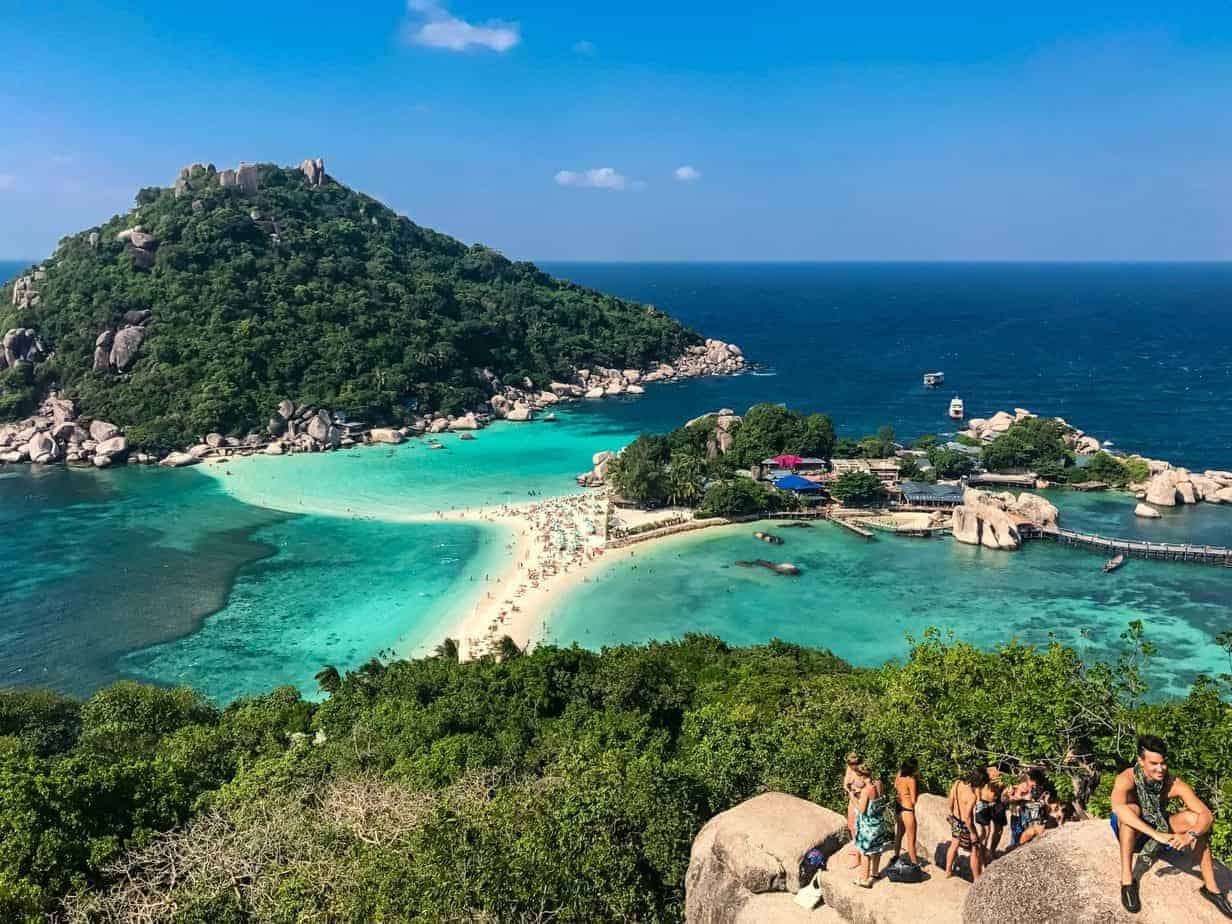
Keep an eye on all the gauges: they can be set to run many times faster than normal. Be sure to take photos of the rented equipment so no one can claim you damaged it (when in fact you didn’t). Read the section on scams in travel guides or travel wikis for more location-specific scams.
21. Beware of copycats
Inns and restaurants often blatantly steal the names of other successful companies. Sometimes they just put a little barely noticeable ‘2’ at the end to avoid tampering. Make sure you end up in the place you were looking for and not with a copycat who is on fire.
22. Be patient
Not everything works perfectly efficiently. Delays are common and travel plans can go wrong. Take it easy and ignore the inevitable little setbacks with a sense of humor. It’s all part of the adventure.
23. There are more than Pad Thais
Menus in Southeast Asia often start with a few generic options, such as “Chicken with Sauteed Vegetables”. There is also a dish in Thailand called Pad Thai, which is simple, inexpensive, and usually not spicy, which is exactly what some backpackers eat during the trip.
24. Greetings to everyone

All other travelers just want to have fun! Say hello to people and you might make lots of friends along the way. If you are alone, don’t worry; Southeast Asia is the perfect training location to learn to travel alone.
25. Sometimes enter a wildcard character
It may be fashionable among backpackers to say that they prefer non-touristy spots or “hidden gems”, but the reality is that 95% of travelers prefer the more familiar trails. Admittedly, there is a lot of good along the way. Many places are popular for a reason. And there’s no shame in going to the biggest hits. After all, this may be your only major Southeast Asia trip so you want to make it worth it.
